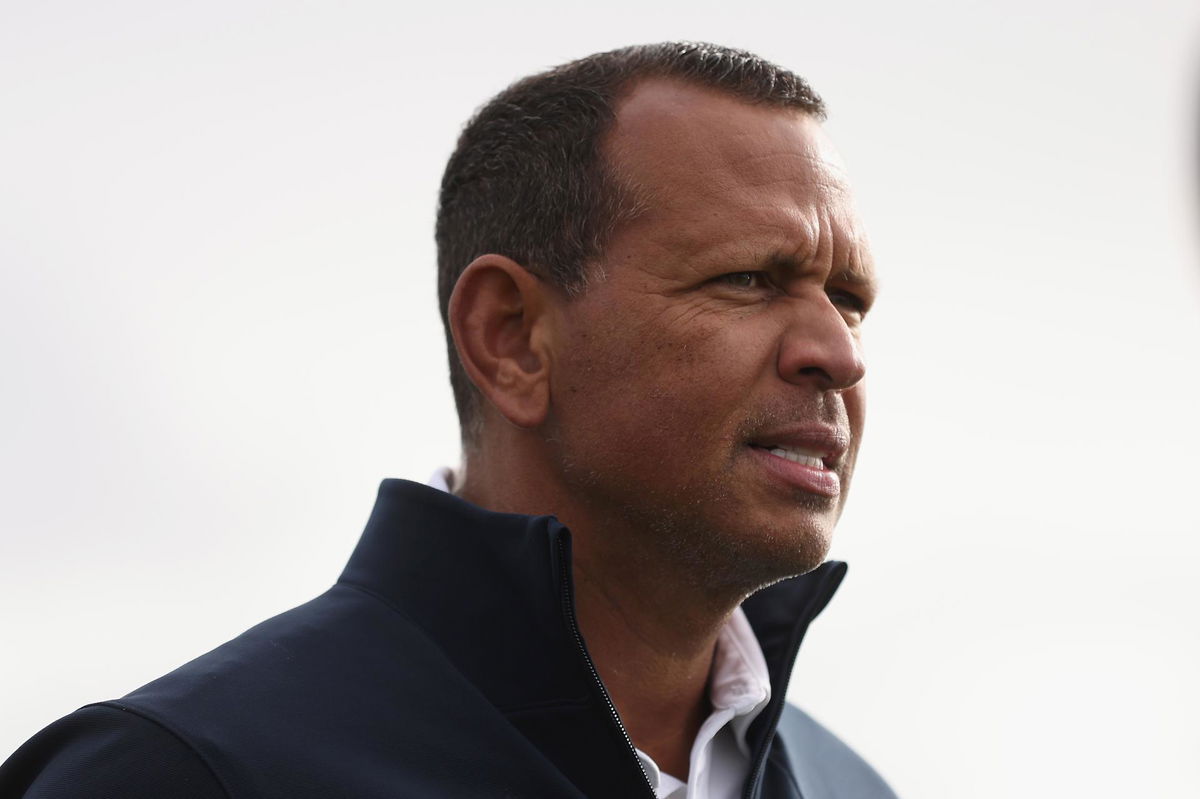

Many agree MLB is not like it used to be anymore. Labeled as “America’s Favorite Pastime”, the moniker has seemed increasingly symbolic instead of realistic lately. Just look at the average viewership of the World Series if it seems unbelievable. In 1978, the figure stood at a staggering 44.27 million, which came down to around 21.98 million in 1992, settling for a painful 7.51 million in 2022 and 9.08 million in 2023. So, what went wrong?
Watch What’s Trending Now!
For starters, the blackout rules—that many have called a “fractured” and “outdated” model—aren’t helping. Take the Kansas City Royals games, for example, which are not available in the states of Missouri (except the metro area in St. Louis), Kansas, Oklahoma, Nebraska, Iowa, and Arkansas. Of all this, Iowa is blacked out (despite being multi-hour drive away) by multiple teams like the Milwaukee Brewers, the St. Louis Cardinals, the Royals, and the Chicago White Sox.
As noted by TVREV‘s Tim Hanlon, “This convoluted approach contradicts MLB’s stated goal of growing the game. Younger viewers, already reluctant to subscribe to cable, face unnecessary barriers to engaging with the sport. Every blackout, every streaming restriction, every contractual barrier reinforces the message that MLB prioritizes legacy TV deals over fan accessibility.” But there’s also one other aspect to blame for the game’s dwindling appeal. During an appearance at the Fanatics Fest, Yankees icon Alex Rodriguez opined how the divided media rights are likely the reason for the sharp decline in ratings and viewership.
ADVERTISEMENT
“I just read this the other day: the 1986 World Series ball goes through Bill Buckner’s leg in game six; in game seven, 60 million viewers watched that—60 million. I mean, those are footfall numbers, right? And, in 2004, when we were playing in the ALCS against the Red Sox, 30-35 million people watched that,” he mentioned, before revealing, “It’s just phenomenal how much the game of media has changed in the landscape; you know, our parents just had three channels—ABC, NBC, and CBS—and now there are 3000 different platforms. My mom can’t find the Yankees. The Yankees played two weeks ago; the Yankees played five days on five different channels. That’s right; I couldn’t find three of them.”
The veteran also agreed that MLB is probably never going to rack in such high numbers ever again. While that’s an issue the league has to handle in the coming days, their ESPN deal falling through might or might not be another chink in the armor.
ADVERTISEMENT
How did the MLB ESPN fallout take place?
Earlier this year, ESPN issued a statement that they mutually agreed with MLB to terminate their broadcasting rights deal. While it marked the end of multiple decades of partnership, it also came as a shock for many. Primarily because both MLB and ESPN had signed a deal that was valid till 2028. So, what went wrong?
Well, the league Commissioner Rob Manfred was not happy with the amount of coverage the MLB games were getting across the ESPN platforms for the past few years. Adding to the woes, ESPN even demanded cutting down the rights fee by more than half to only $200 million annually. Manfred was clearly not amused by the proposition. The offer was turned down and it ultimately resulted in the fallout.
ADVERTISEMENT
After the split, it has been reported that NBC is interested in MLB’s Sunday night baseball package. But it’s unclear what sort of offer they have brought to the table. Even if that deal eventually materializes, it might not solve MLB’s TV viewership issues entirely. What do you think?
ADVERTISEMENT
ADVERTISEMENT
ADVERTISEMENT

